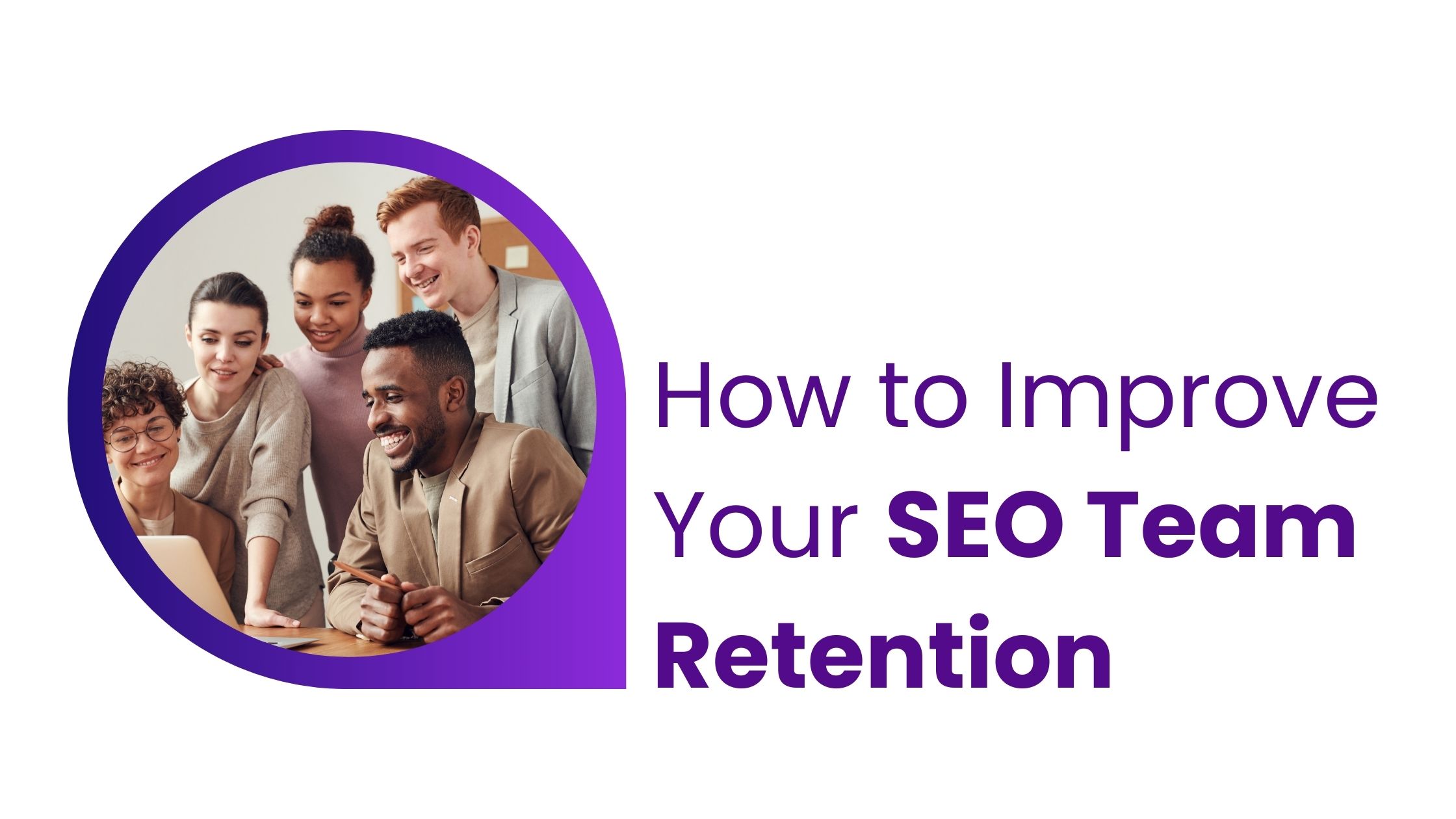Josh Peacock, Craig Dewart and Daris Benallal (of the SEO for Hire team) run a podcast called: Diary of an SEO.
It consists of hour-long episodes with industry-shifters, to deep-dive into SEO and thought leadership.
A few weeks ago, we brought on the VP of SEO at Brainlabs (a digital-first media agency), Travis Tallent.
The discussion dived into the heart of growth within a company, team and how to establish yourself as an effective leader and how to identify SEO talent.
Here are a few of our highlights with Travis:
When, and how, did your SEO journey begin?
Travis began his journey in SEO in college, when he created a universal scholarship application platform which combined students and organisations.
That search engine he built was considered an index, database, etc.–not realising that that was SEO. After college his team disbanded, and he continued his work at WPromote, working his way up. Moved over to Booyah Advertising to launch their organic media department.
After about 2 years at Booyah, he finally moved to Brainlabs as VP of SEO, leading a team of 50 globally. All-in-all, gathering about a decade of industry experience.
At Wpromote, his role as SEO lead was to develop process training, contracts etc. for the team to help scale the company; so although his direct team was about 4-5, his influence extended to a larger scale than that.
At Booyah, Travis was by himself and then needed to build-up the team. Two years later, when he left, the team consisted of about seven teammates.
Travis noted a shift going from Wpromote with a large scale and tons of resources, to being the one SEO expert in the team and a thought-leader.
‘Now, there’s loads of resources, there’s always someone to help with challenges, mentorship etc.’
– Brainlabs’ VP of SEO, Travis Tallent
What key aspects do you incorporate into client pitches when highlighting the value of SEO and an SEO team?
Listen to the business goals.
Make sure your ‘asks’ are aligned with the business goals. eg. if the business goal is ‘improved quality of leads’, then when you’re asking for, maybe the next content strategist, then align your ask to improve quality of leads.
Don’t undervalue building relationships.
It’s easier to get a ‘yes’ from trusted friends you work with. Building relationships and being able to break bread with them, it becomes easier to have meaningful and tough conversations to grow.
Moving onto hiring processes: upon a first hire, would you prefer going senior or junior, and training-up SEO talent?
Travis’ choice was to first go for a senior-level teammate.
“Because when you’re the first team mate, you quickly want to get a lieutenant, who can scale and operationalise everything. Training up is great, but as a small team, it’s best to go senior to have someone else to help scale. Having two strong people in the start helps to bounce ideas off each other, delegate, etc. is best.”
What were some of the traits that you looked for when hiring?
Travis answers that communication is key.
A good communicator will excel in any job, adding that he looks for ‘dragon slayer stories’ ⚔️ – stories they (the interviewees) feel really proud of, can clearly communicate inputs and outputs of what they were able to accomplish.
The second thing he looks for is: the ability to storytell in a compelling way. Clear communication and storytelling, he emphasises, are completely different traits in his eyes.
Clear communication is more about direct-ness, being able to have difficult conversations, not being afraid to speak up when you need to, and having an influence on big decisions.
Story telling, on the other hand, is taking something really boring and applying a story over that–exploring how and why it’s happening and what that ultimately means for the broader business.
Lastly, his ideal SEO talent (when hiring) must show a willingness to work, no matter what level of hire. They must be willing to get hands dirty in order to strategise, build new processes, make tomorrow better than it is today.
Travis adds that the last point is much more challenging to find today than it was previously – surprisingly.
And lastly adds that Tech SEO skills are also important, but those are easy to suss out in any interview.
How can one ensure to update SOPs when scaling up?
Travis emphasises that sometimes these habits are embedded in larger organisations–the need for growth is almost always going to be there.
A lot of this [habits of updating SOPs] is also embedded in SEO as well because it’s always changing.
‘The SOP on keyword research for instance looks very different 2 years ago, than what it looks like today. The way to get around this is to create a culture that embraces adaptability, discomfort and is okay with change.’
That culture promotes the ability to implement change, change process, etc. without it feeling ‘so scary’ all the time, as it simply becomes part of the job.
Another successful approach [which Travis experienced] is to start with the bottom-up approach, with junior people contributing to new processes, and building new things.
Travis adds that everyone can become an expert in something, so when you are able to build that from the bottom-up [as a junior], it gets people excited because they can put their stamp of approval on that particular thing.
And, thereafter, as the team gets bigger, it’s impossible to put that all on one person, so that’s why a bottom-up approach is much more scalable and more fun. It also emphasises that employees don’t have to get stuck in an office having to do the same thing the whole time.
For further insights into the evolving SEO job market and what 2024 may hold, check out 2024 SEO Job Market Forecasts with SEOjOBS Nick Leroy.
Looking to bring on A-player SEO talent to your team?
Chat to the specialists who can help your team hire fast and effectively.
If you would like to listen to the full episode of Travis’ webinar, you can find it here:



